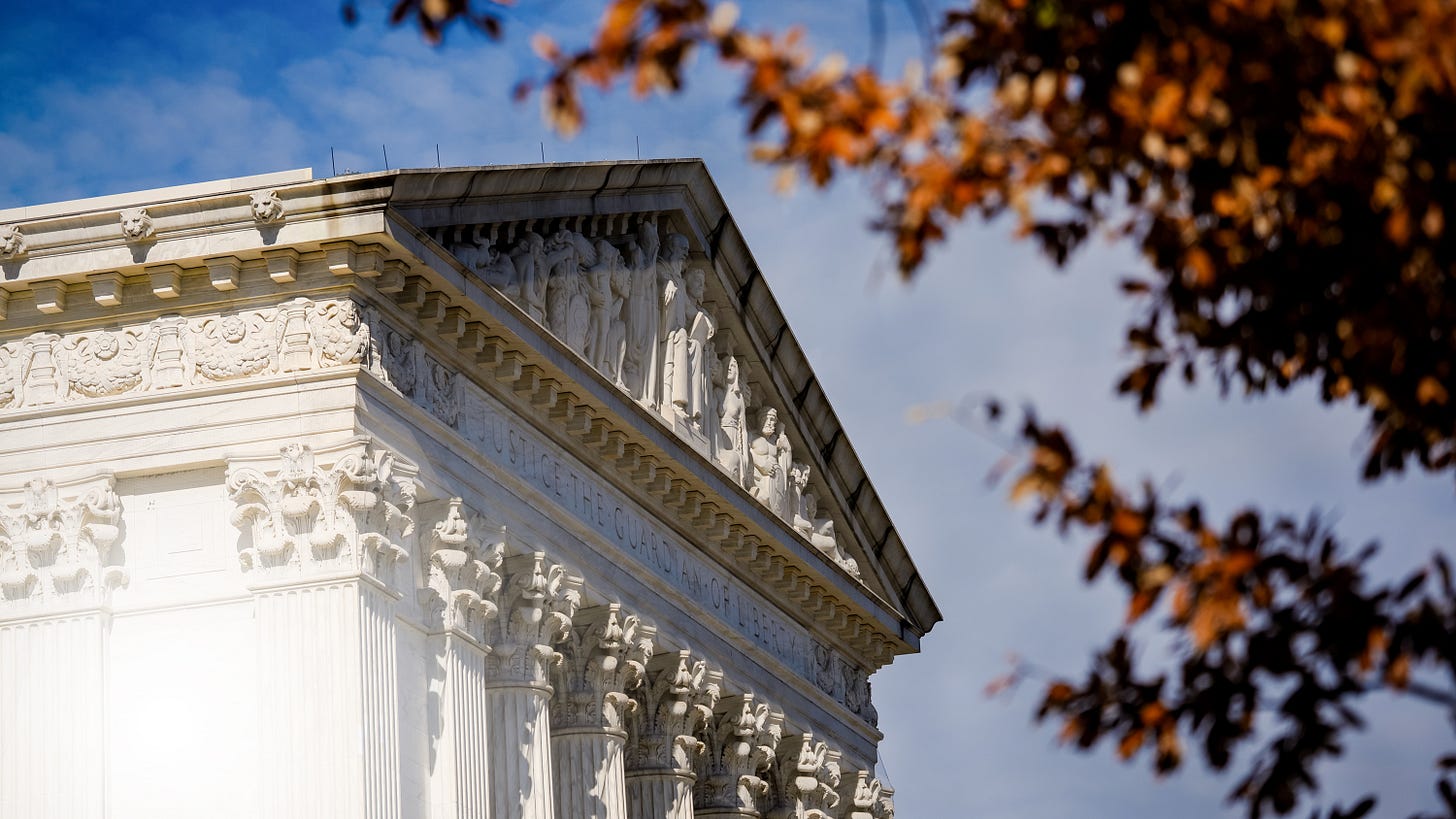Six Takeaways From the Supreme Court Hearing on Trump’s Tariffs
The justices wrestled with how to view Congress’s language and whether Trump was encroaching on congressional authority.

by Rod D. Martin, Matthew Vadum, & Sam Dorman
November 6, 2025
The Supreme Court held high-stakes arguments on November 5th over the legality of President Donald Trump’s global tariffs.
For nearly three hours, the justices probed whether Trump’s reciprocal and fentanyl tariffs were authorized by a 1970s emergency powers law.
Multiple federal courts have held that Trump’s tariffs exceeded what Congress authorized him to do under the International Emergency Economic Powers Act (IEEPA).
In Article I, the Constitution grants Congress the power to impose tariffs. The government argued, however, that Congress allowed Trump to exercise that power through the IEEPA, which allows presidents to regulate imports, among other things, in response to emergencies.
It’s difficult to predict how the justices will rule. Some justices seemed mostly skeptical of the tariffs, but others were more difficult to read. Their questions explored whether tariffs are taxes, how much courts should defer to Trump’s discretion, and whether the administration is reading too much into the law.
Here are some of the main issues in the case and how the justices discussed them.
1. Defining Imports, Tariffs, and Licensing
The Supreme Court’s decision could hinge on how it interprets certain words in the law, such as “imports,” “regulate,” and “tariffs”.





